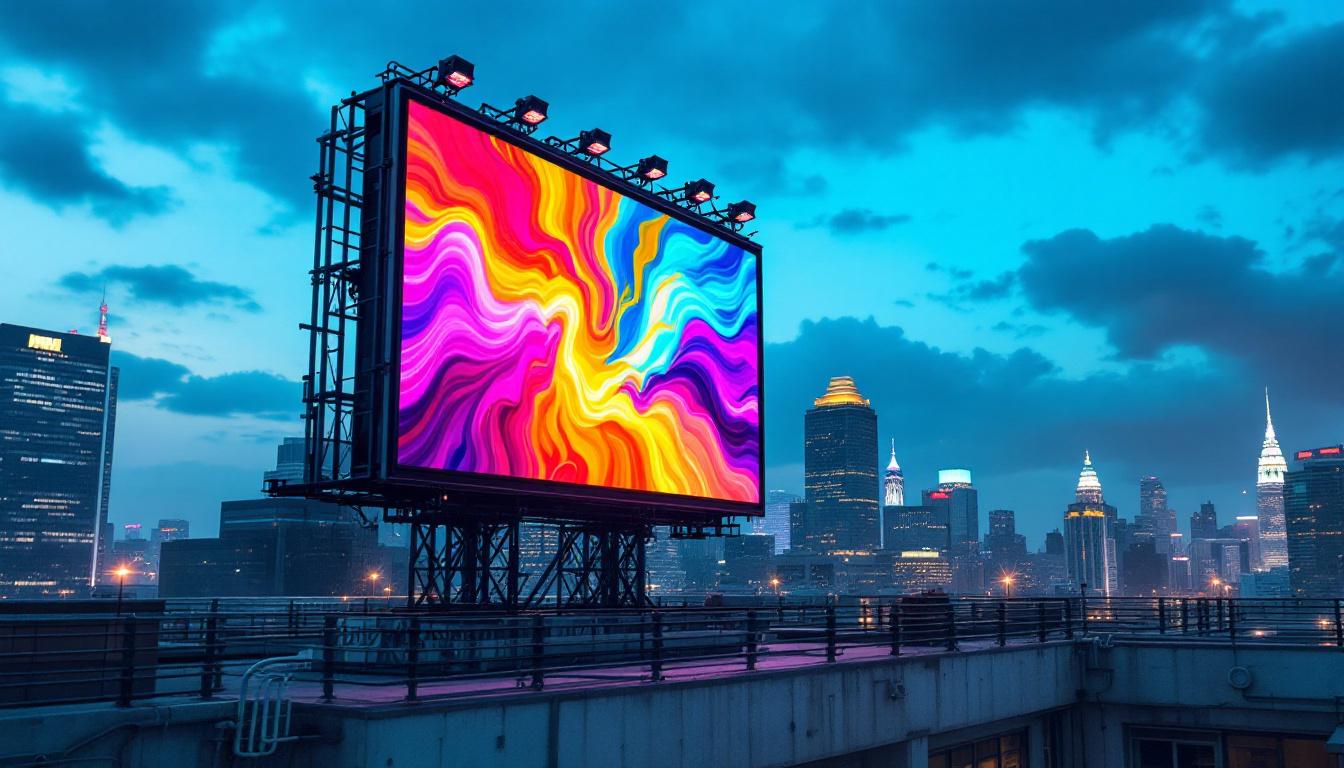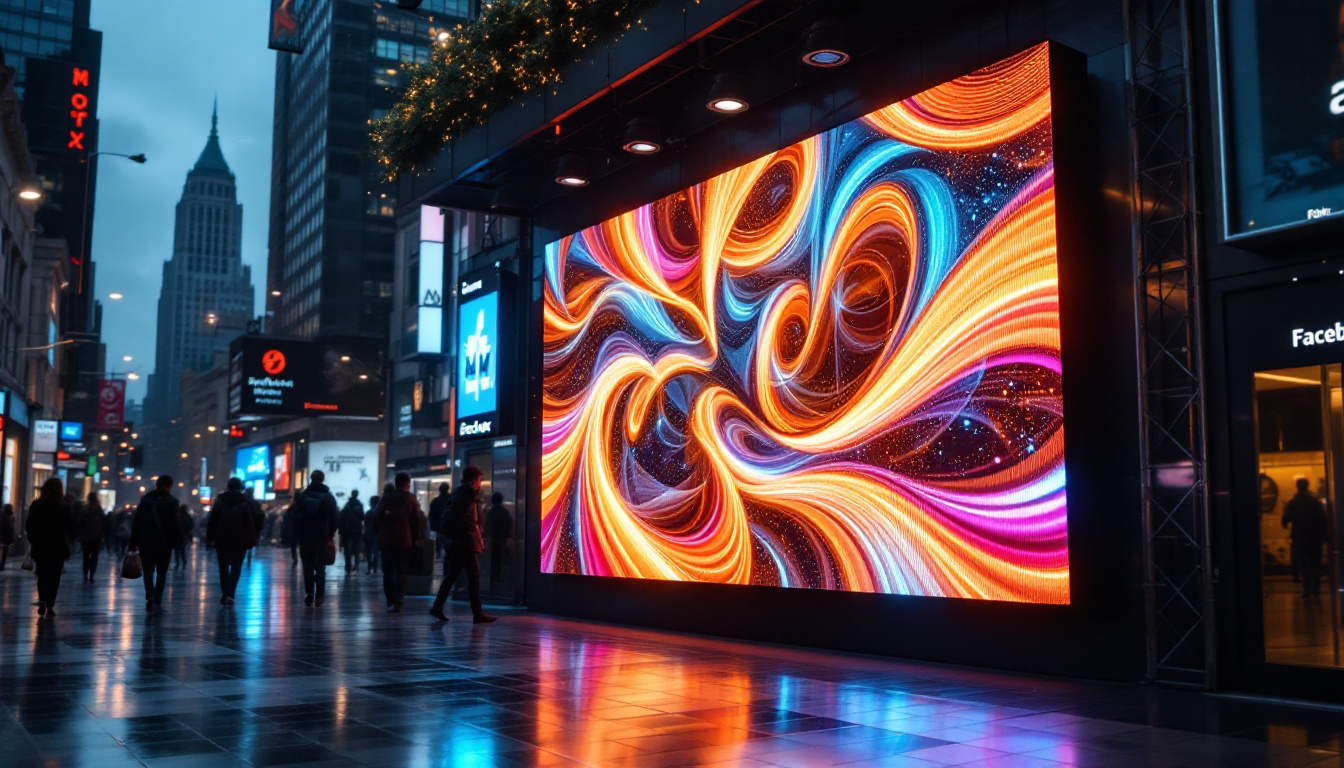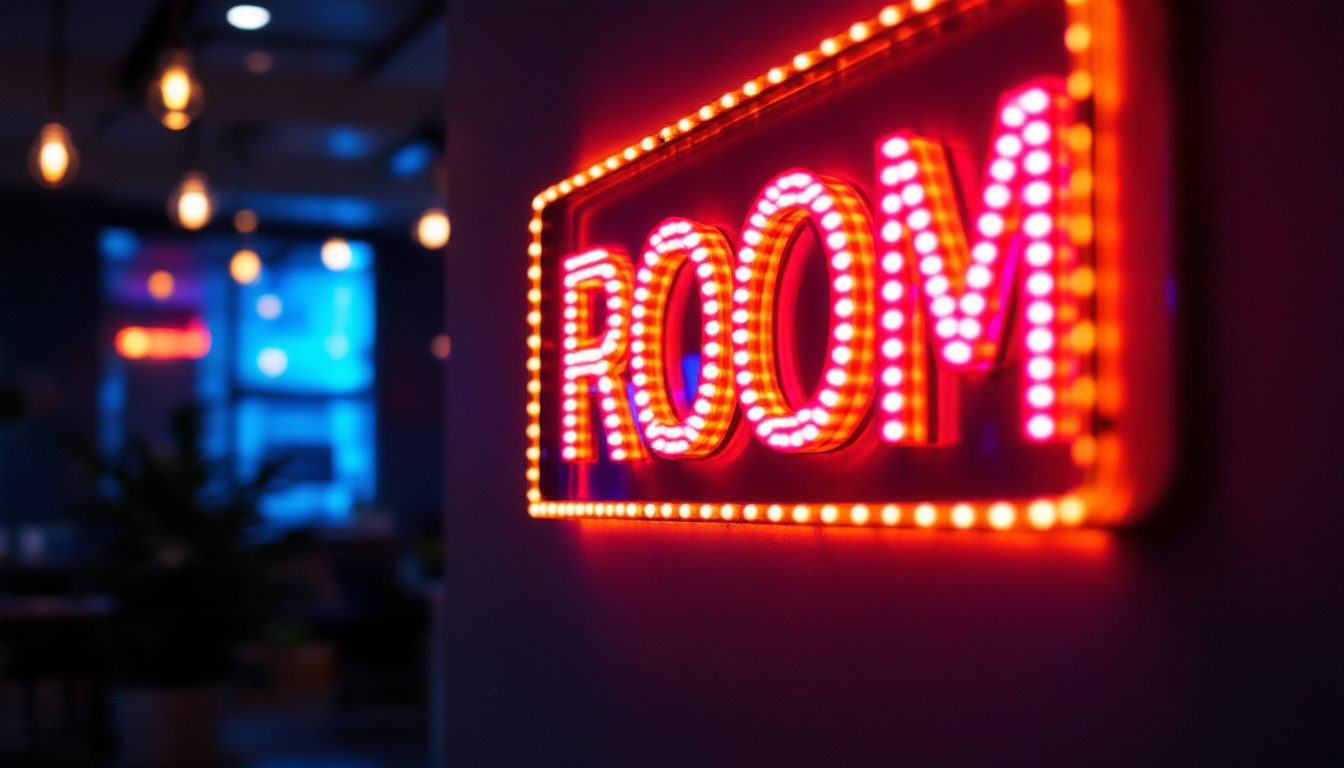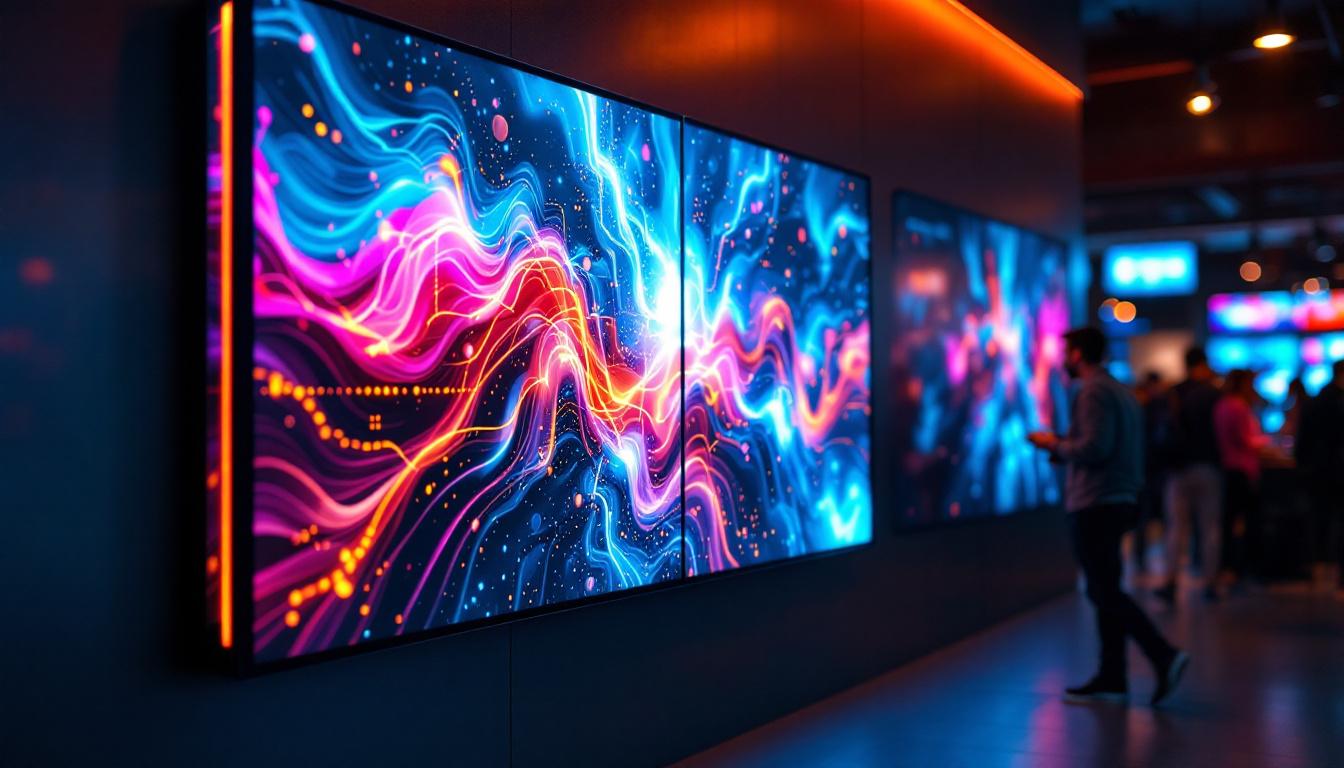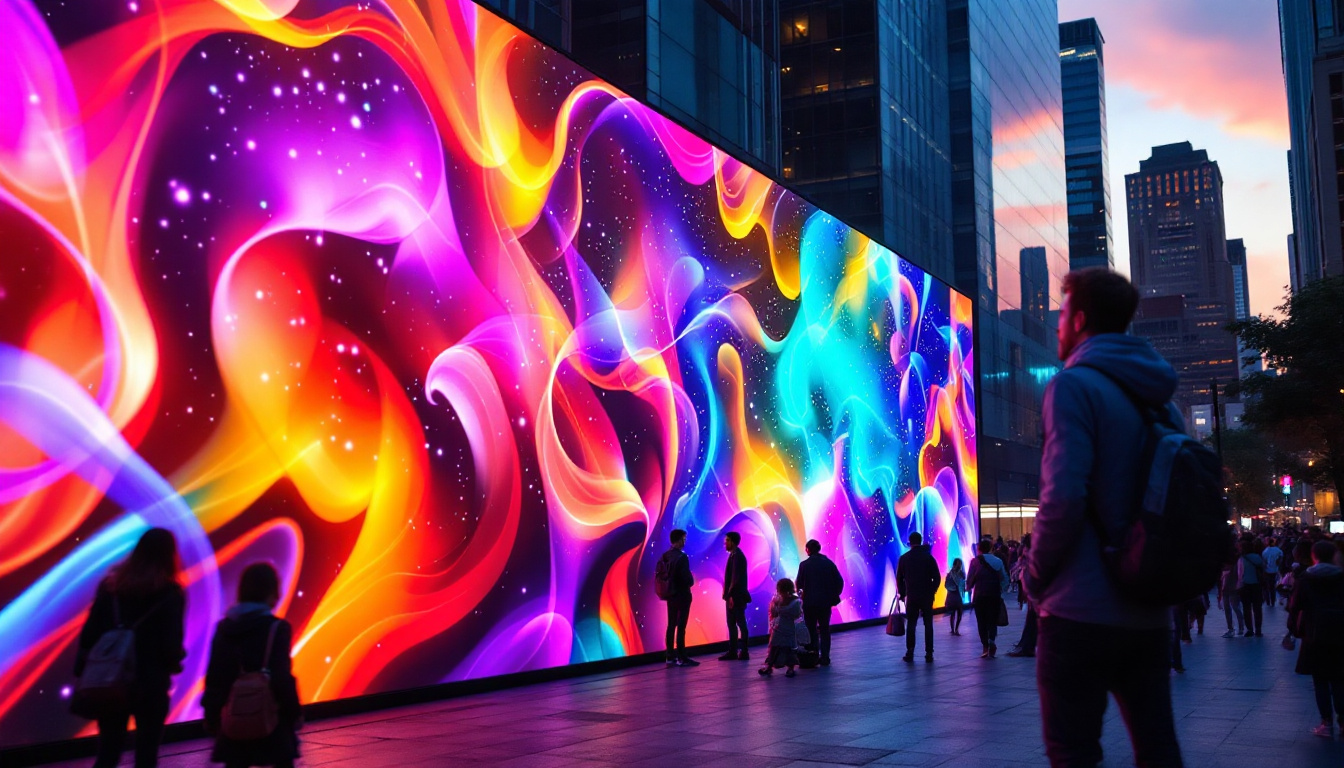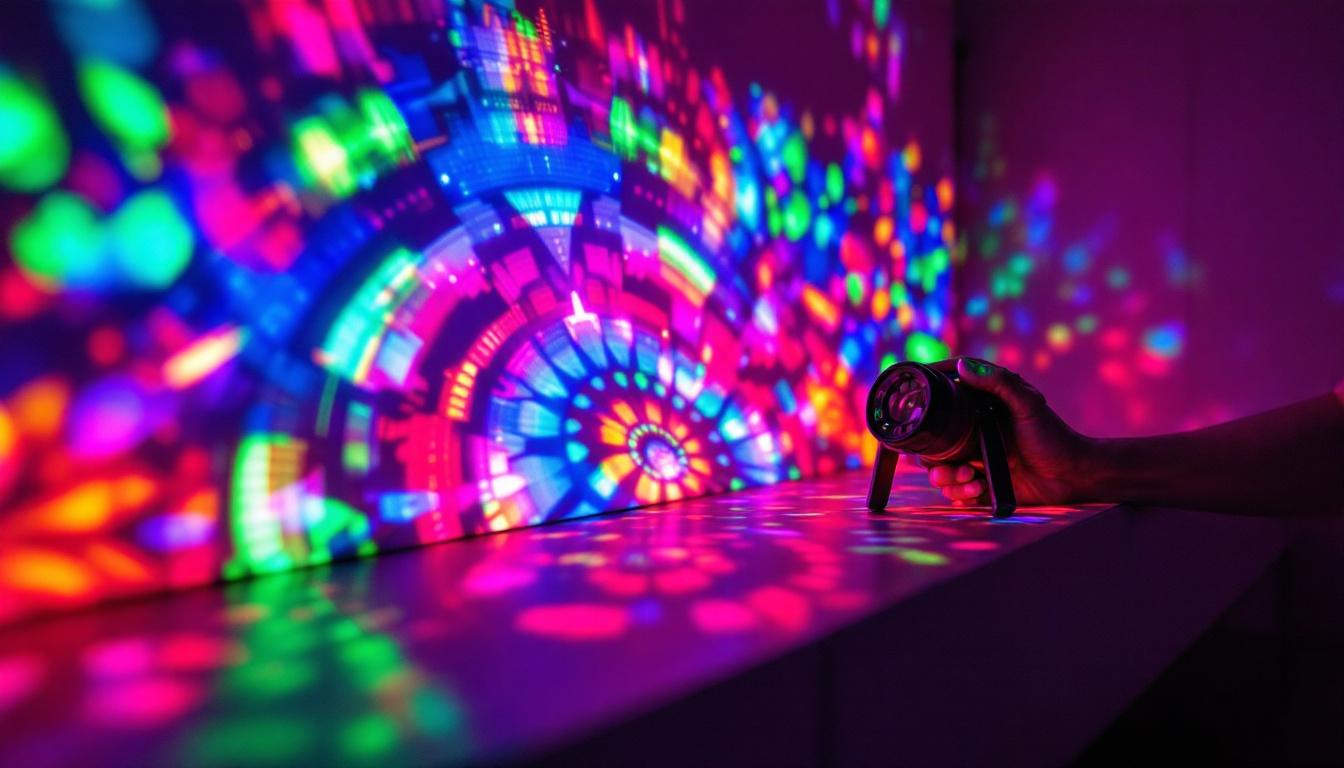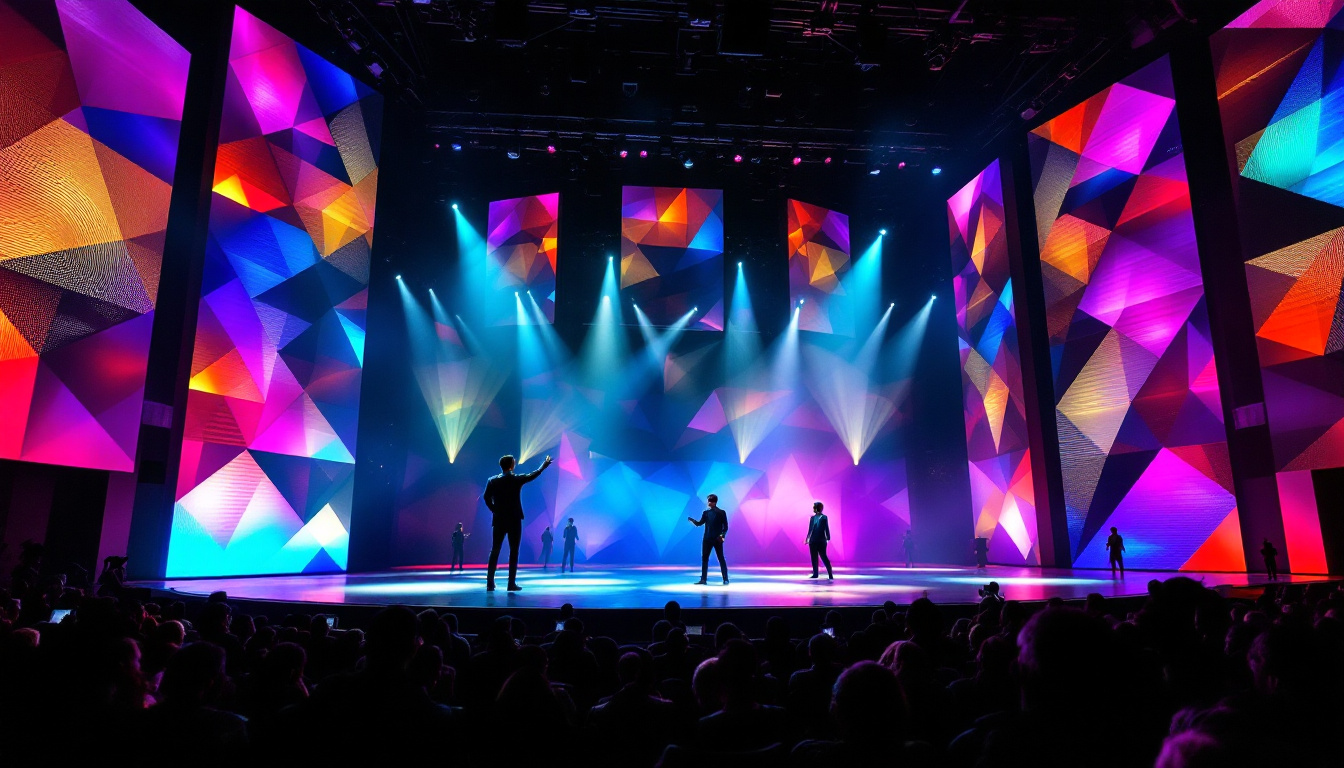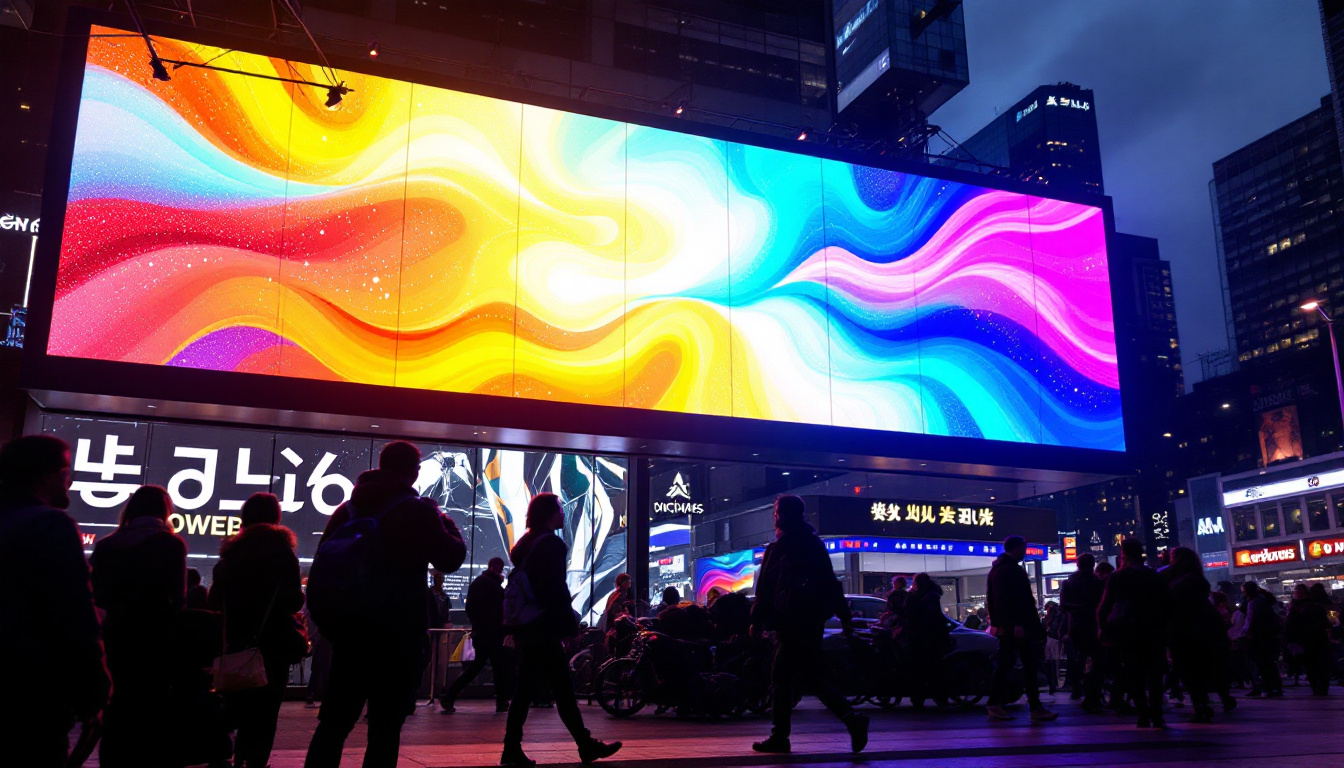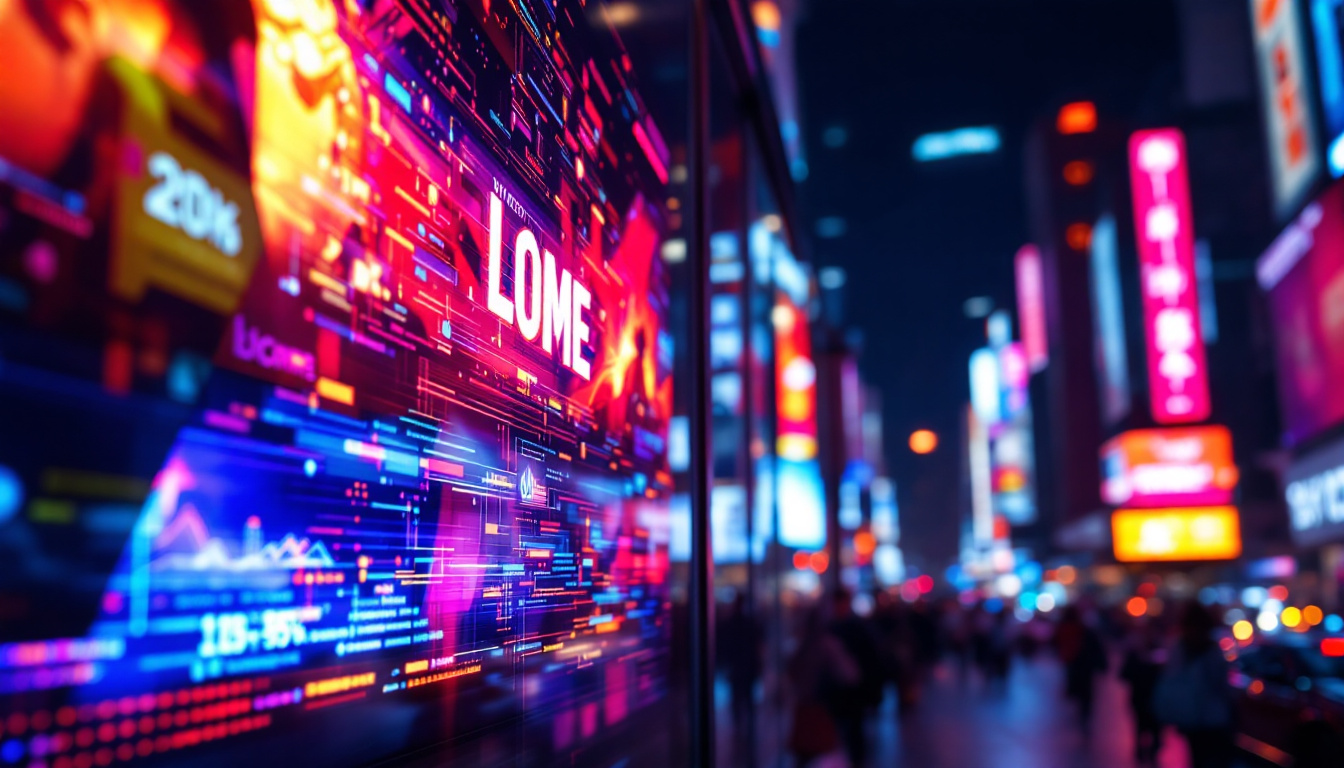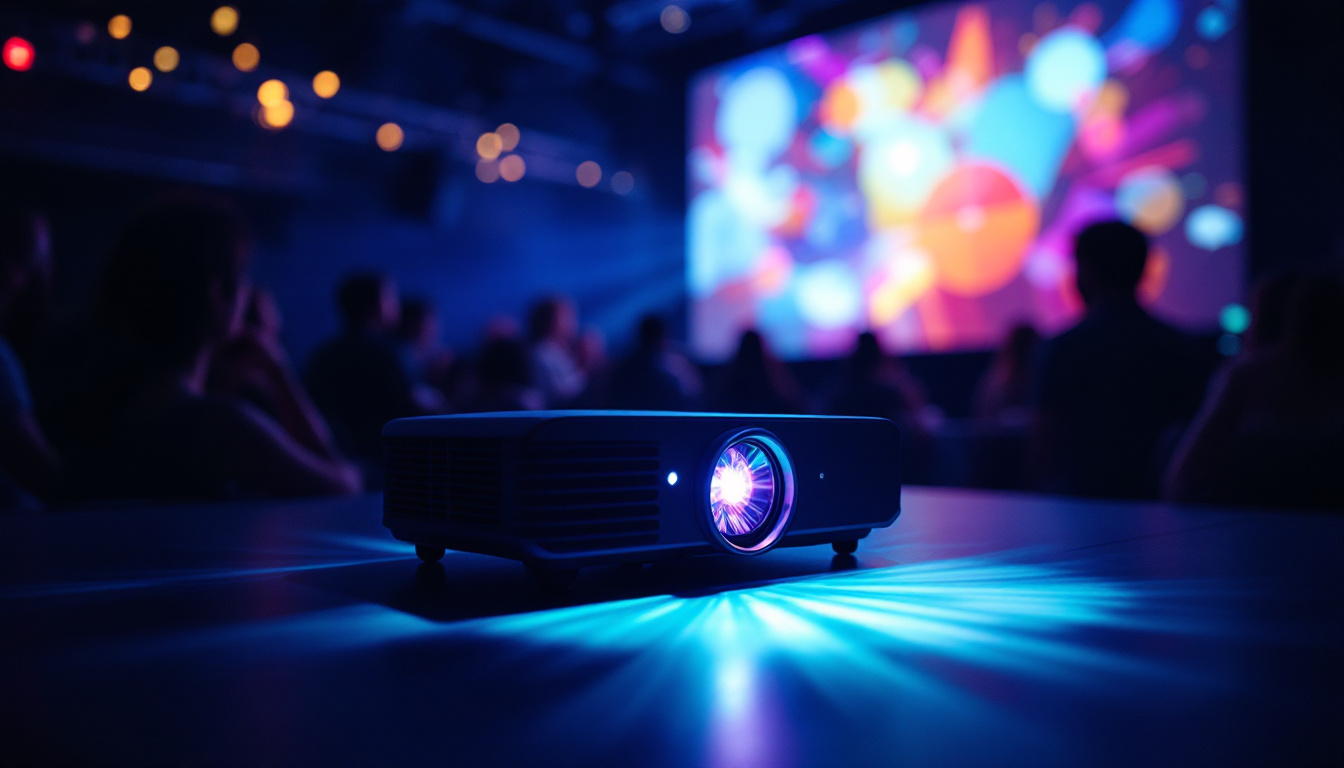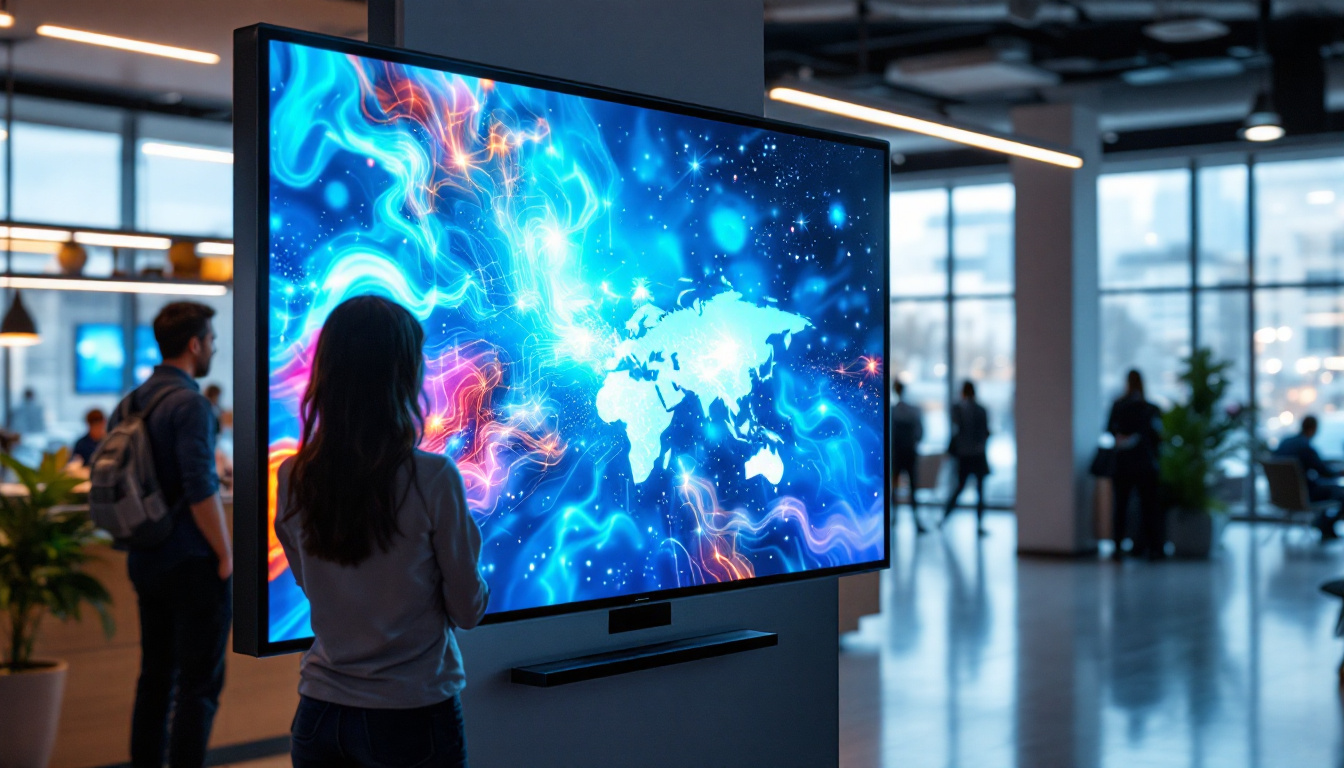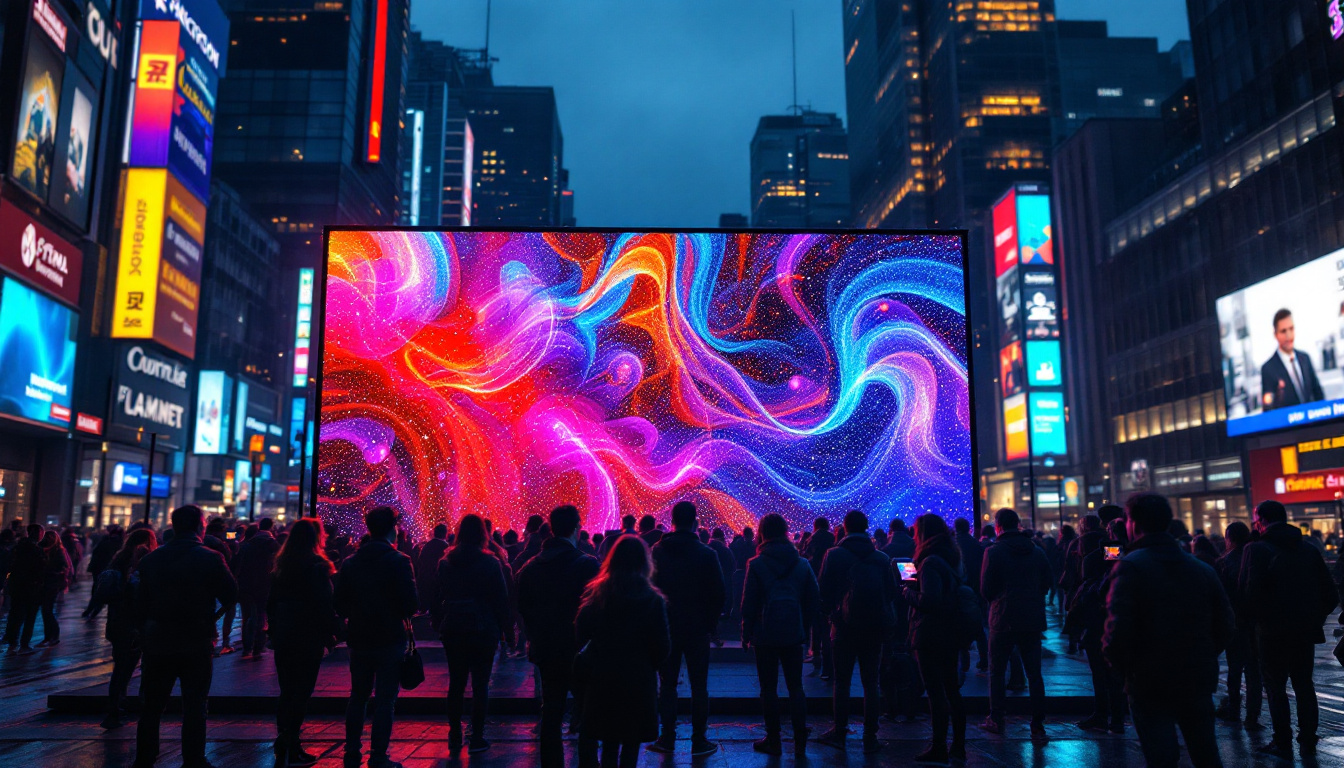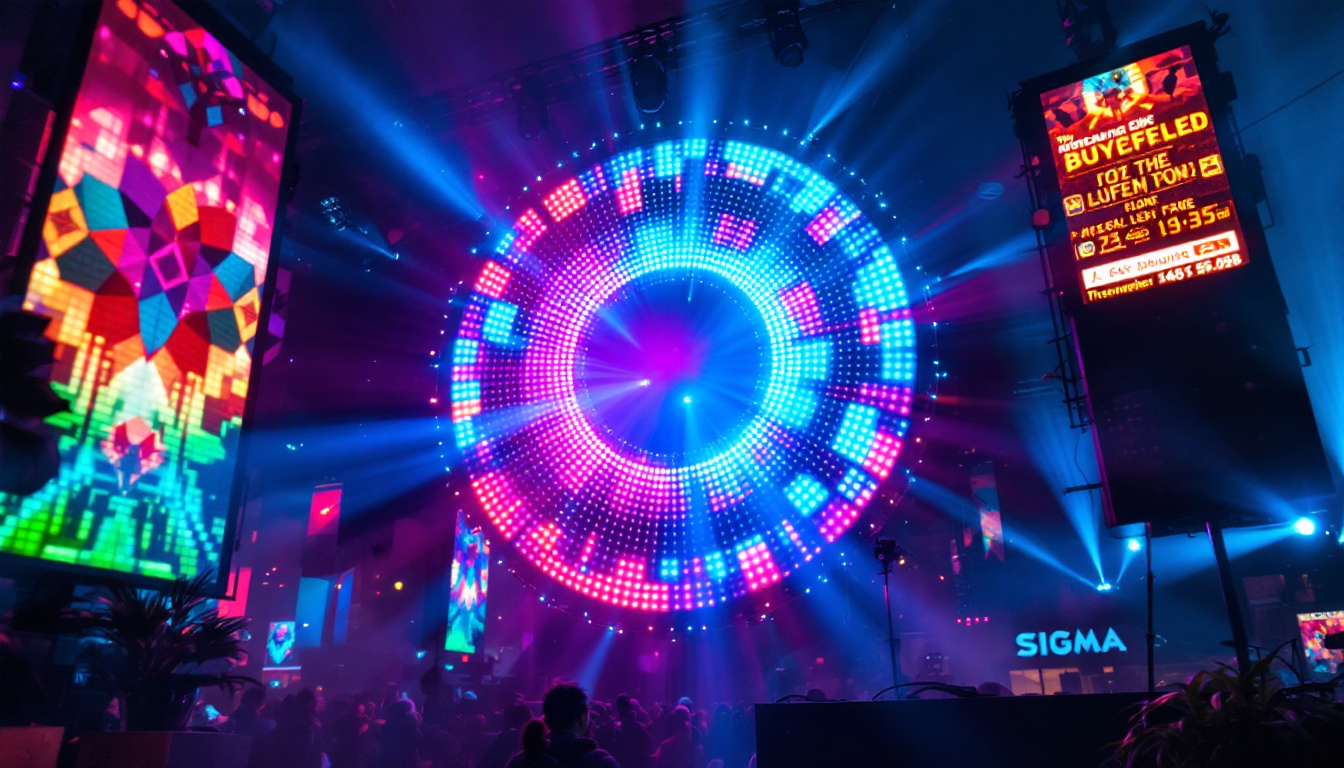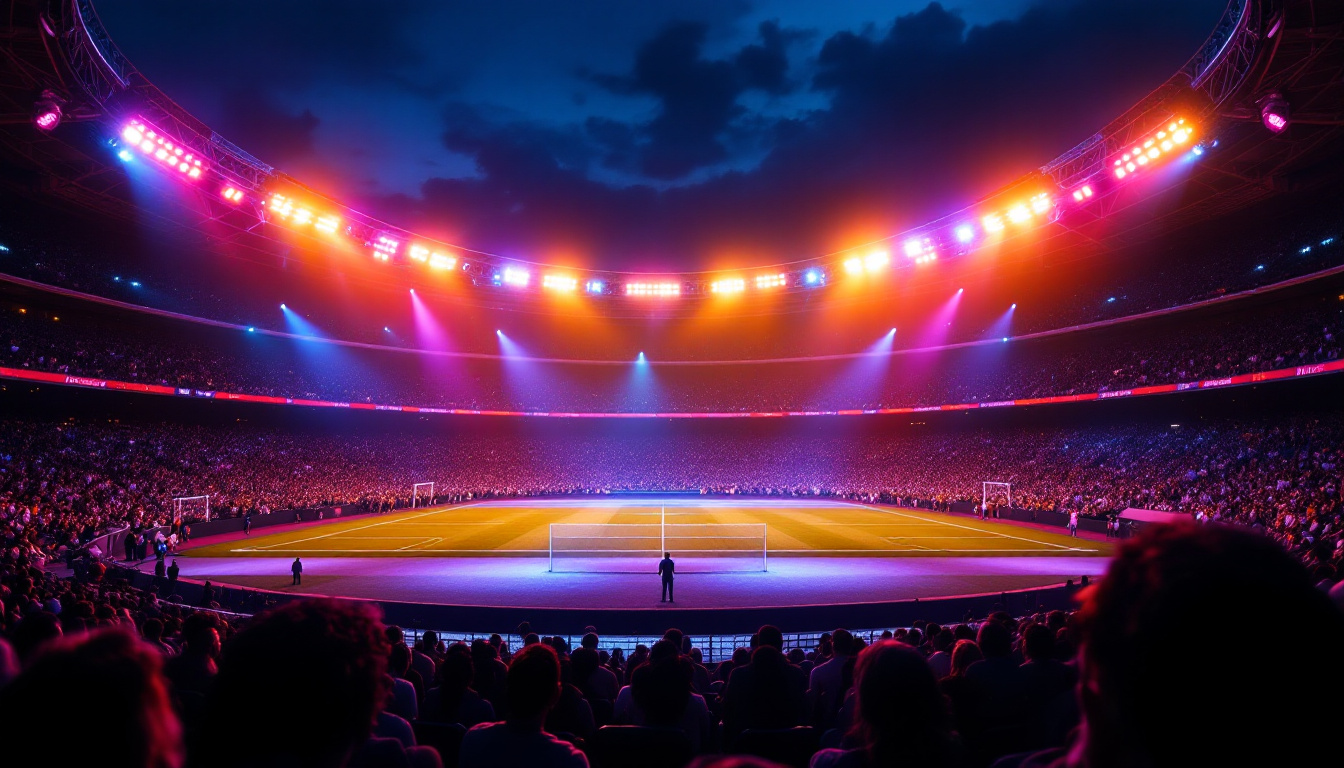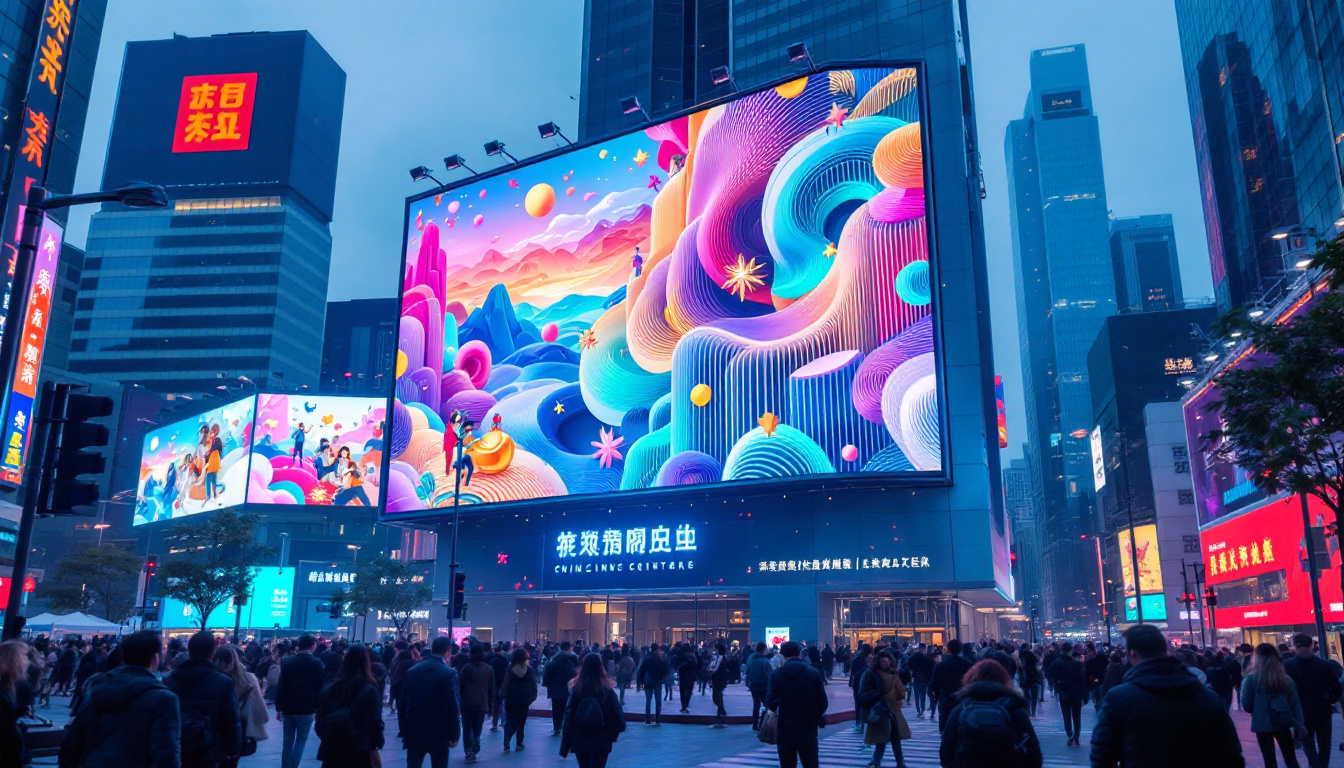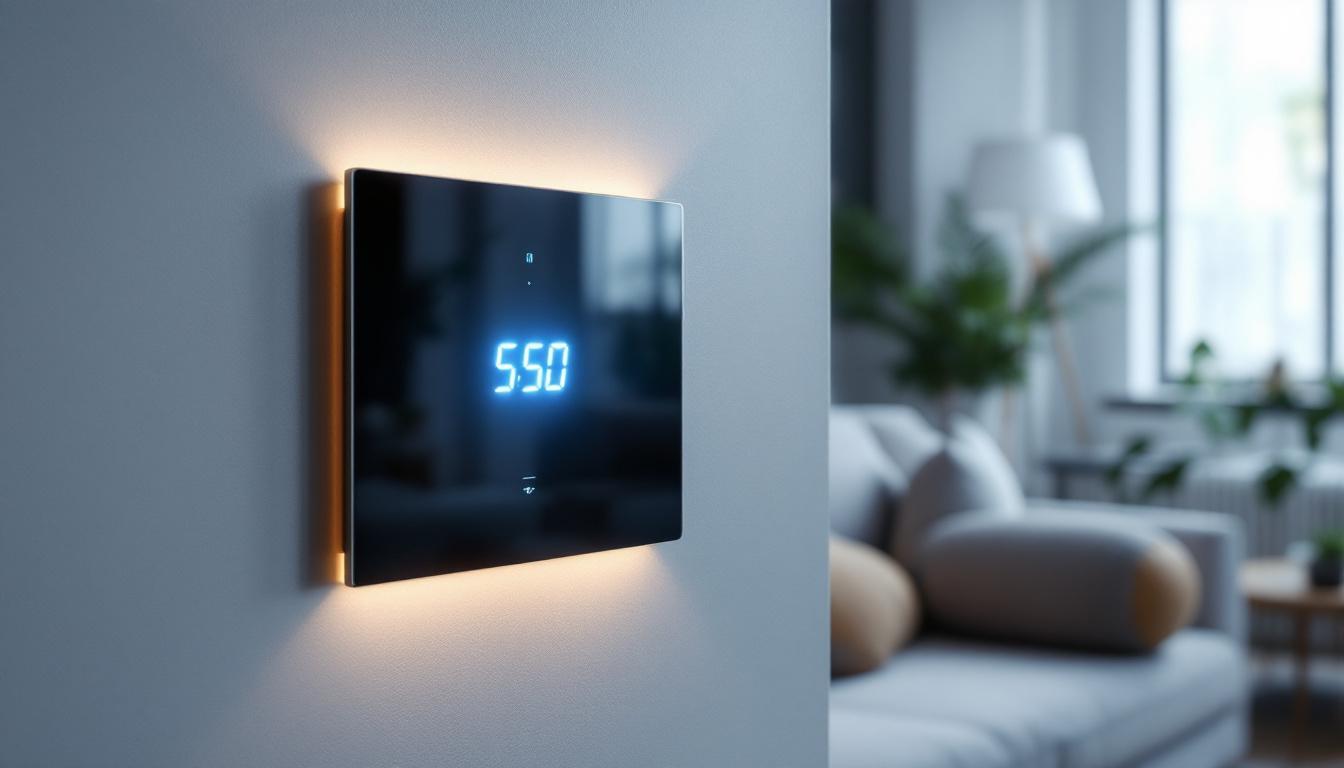In the rapidly evolving world of visual technology, the term “Jumbotron” has become synonymous with large-scale, high-impact LED displays. These giant screens dominate sports arenas, concert venues, and public spaces worldwide, delivering vivid imagery and engaging content that captivates audiences. Among the innovative applications of this technology is the Jumbotron TV Roof—an impressive integration of LED displays into architectural rooftops, transforming buildings into dynamic media canvases.
This article delves into the technology behind Jumbotron TV Roofs, explaining how LED displays work, their benefits, and their growing significance in advertising, entertainment, and urban design. Whether you’re a business owner, event organizer, or technology enthusiast, understanding these displays offers insight into one of the most striking trends in digital signage today.
Understanding LED Display Technology
What is an LED Display?
LED stands for Light Emitting Diode, a semiconductor device that emits light when an electric current passes through it. LED displays are composed of thousands to millions of these tiny diodes arranged in a grid to form pixels, which collectively create images and videos. Unlike traditional LCD or projection screens, LED displays generate their own light, resulting in superior brightness, contrast, and color vibrancy.
The Jumbotron, originally a brand name popularized by Sony in the 1980s, refers to very large LED screens designed for outdoor use. These screens are engineered to withstand harsh weather conditions while maintaining high visibility from great distances. The technology has evolved significantly since its inception, with advancements in pixel density and energy efficiency making them more accessible and versatile for various applications, from sports arenas to concert venues.
How LED Displays Work
Each pixel on an LED display consists of red, green, and blue diodes. By adjusting the intensity of each diode, the screen can produce a wide range of colors. The images are controlled by a video processor that sends signals to the LEDs, dictating which diodes light up and at what brightness. This dynamic control allows for the display of high-definition video and vibrant graphics that can captivate audiences.
Modern LED displays use surface-mount technology (SMT) LEDs, which are smaller and more energy-efficient than older models. This advancement allows for higher resolution displays with finer pixel pitches, meaning the LEDs are packed closer together, resulting in sharper images. Moreover, the integration of smart technology enables features such as real-time content updates and interactive capabilities, enhancing viewer engagement and experience.
Types of LED Displays Used in Jumbotron TV Roofs
Jumbotron TV Roofs typically use two main types of LED display modules:
- Outdoor LED Displays: Designed with weatherproof casing and higher brightness levels (often exceeding 5,000 nits) to ensure visibility in direct sunlight and adverse weather. These displays are crucial for events held in open-air environments, where ambient light can significantly affect visibility.
- Fine-pitch LED Displays: These have smaller pixel pitches (less than 4mm) and are used for close viewing distances, offering crisp, detailed images. They are ideal for indoor venues or areas where viewers are positioned close to the screen, such as in theaters or convention centers.
Combining these technologies allows for large, durable, and visually impressive rooftop displays that can be viewed clearly from afar. Additionally, the modular design of these displays enables easy maintenance and upgrades, ensuring that venues can keep pace with evolving technology and audience expectations. The flexibility in design also allows for creative configurations, making it possible to create unique shapes and sizes that enhance the architectural aesthetics of the buildings they adorn.
The Rise of Jumbotron TV Roofs in Urban Spaces
From Stadiums to City Skylines
Jumbotron screens were first popularized in sports stadiums, where they provided live game footage, instant replays, and advertising. Over time, their use expanded beyond sports to concerts, festivals, and public events. The latest innovation is integrating these LED displays into building rooftops, creating “Jumbotron TV Roofs” that turn urban skylines into vibrant, interactive media hubs.
Major cities like New York, Tokyo, and Dubai have embraced this trend, using rooftop LED displays for advertising, public announcements, and artistic installations. For example, the Burj Khalifa in Dubai uses LED technology to create spectacular light shows that can be seen across the city, demonstrating the potential of rooftop displays to captivate large audiences.
Benefits of Rooftop LED Displays
Installing a Jumbotron TV on a roof offers several advantages:
- Maximized Visibility: Elevated placement ensures the display is visible from multiple vantage points, reaching a broader audience.
- Space Efficiency: Rooftop installations utilize otherwise unused space, avoiding the need for additional ground-level signage.
- Brand Impact: Large, dynamic displays create memorable impressions, enhancing brand recognition and engagement.
- Versatility: Content can be changed instantly, allowing for real-time updates, event promotions, or emergency messaging.
Challenges and Considerations
Despite their appeal, Jumbotron TV Roofs come with challenges. Structural integrity is paramount; the roof must support the weight and wind load of the LED panels. Additionally, power consumption and heat dissipation require careful planning to ensure efficient operation. Light pollution and local regulations may also influence the design and brightness levels permitted.
Technical Aspects of Jumbotron TV Roof Installations
Structural and Engineering Requirements
Installing a large LED display on a roof involves significant engineering considerations. The mounting framework must be robust enough to withstand wind forces, seismic activity, and weather conditions. Engineers conduct load analyses to determine the roof’s capacity and design support structures accordingly.
Waterproofing and corrosion resistance are critical to protect the electronic components. Many rooftop LED panels are housed in sealed enclosures rated to IP65 or higher, ensuring protection against dust and water ingress.
Power and Connectivity Infrastructure
LED displays consume substantial power, especially at high brightness levels. Efficient power supply units and backup systems are essential to maintain uninterrupted operation. In addition, rooftop installations often require specialized cabling for data transmission, typically using fiber optics or high-quality Ethernet connections to handle high bandwidth video signals.
Remote monitoring systems are increasingly integrated, allowing operators to manage content, monitor performance, and detect faults from centralized control rooms.
Content Management and Software
The visual impact of a Jumbotron TV Roof depends heavily on the quality and relevance of its content. Advanced content management systems (CMS) enable operators to schedule, update, and customize displays with ease. These platforms support various media formats, live feeds, and interactive elements.
Moreover, some installations incorporate AI-driven analytics to tailor content based on audience demographics or environmental conditions, optimizing engagement and advertising effectiveness.
Applications and Use Cases of Jumbotron TV Roofs
Advertising and Marketing
One of the primary drivers behind Jumbotron TV Roof installations is advertising. Brands leverage the high visibility and dynamic capabilities of these displays to launch impactful campaigns. For example, during major events like the Super Bowl or New Year’s Eve celebrations, rooftop LED displays broadcast high-definition commercials and promotional content to millions of viewers.
Retailers and real estate developers also use rooftop displays to announce new openings, special offers, or property listings, capitalizing on the technology’s ability to attract attention in crowded urban environments.
Entertainment and Public Engagement
Beyond advertising, Jumbotron TV Roofs serve as platforms for entertainment. Cities have used rooftop displays to broadcast live concerts, cultural events, and public celebrations. During the COVID-19 pandemic, some communities utilized these screens to share health information, virtual performances, and messages of solidarity.
Interactive installations, such as light shows synchronized with music or audience participation via mobile apps, are becoming increasingly popular, transforming buildings into landmarks of urban culture.
Emergency Communication and Public Safety
In emergencies, rooftop LED displays can play a vital role in disseminating critical information quickly. Authorities can use these screens to broadcast evacuation instructions, weather alerts, or public health advisories. Their elevated position and brightness ensure messages reach a wide audience, even in noisy or crowded environments.
Future Trends in Jumbotron TV Roof Technology
Advancements in LED Materials and Efficiency
Research into new semiconductor materials, such as gallium nitride (GaN), continues to improve LED efficiency and lifespan. These advancements promise brighter displays with lower energy consumption, reducing operational costs and environmental impact.
Flexible and transparent LED panels are also emerging, enabling more creative rooftop designs that blend seamlessly with architecture.
Integration with Smart City Infrastructure
As cities evolve into smart urban ecosystems, Jumbotron TV Roofs are expected to integrate with IoT (Internet of Things) networks. This connectivity will enable real-time data-driven content, such as traffic updates, air quality information, and personalized advertising based on pedestrian flow analytics.
Such integration enhances the functionality of rooftop displays beyond mere advertising, positioning them as essential components of urban communication networks.
Augmented Reality and Immersive Experiences
Emerging technologies like augmented reality (AR) and mixed reality (MR) could transform how audiences interact with Jumbotron TV Roofs. For instance, viewers using AR-enabled devices might see additional layers of content superimposed on the rooftop display, creating immersive storytelling experiences.
These innovations hold the potential to revolutionize outdoor advertising and public engagement, making rooftop LED displays a dynamic interface between the physical and digital worlds.
Conclusion
Jumbotron TV Roofs represent a fascinating convergence of LED display technology, urban architecture, and digital media. By harnessing the power of high-resolution, weather-resistant LED panels installed on rooftops, cities and businesses can communicate with vast audiences in visually stunning ways. The technology’s versatility, combined with ongoing advancements, ensures that rooftop LED displays will continue to shape the future of public communication and entertainment.
Understanding the technical, structural, and creative aspects of these installations is crucial for stakeholders aiming to leverage this technology effectively. As Jumbotron TV Roofs become more prevalent, they will undoubtedly redefine the visual landscape of cities worldwide, turning rooftops into vibrant stages for innovation and expression.
Explore Cutting-Edge LED Solutions with LumenMatrix
Ready to elevate your space with the latest in LED display technology? Discover LumenMatrix’s comprehensive range of LED solutions, from Indoor and Outdoor LED Wall Displays to innovative LED Sports and Transparent Displays. Embrace the future of visual communication with our All-in-One LED Displays and captivate your audience like never before. Check out LumenMatrix LED Display Solutions today and transform your brand’s visibility and engagement.

